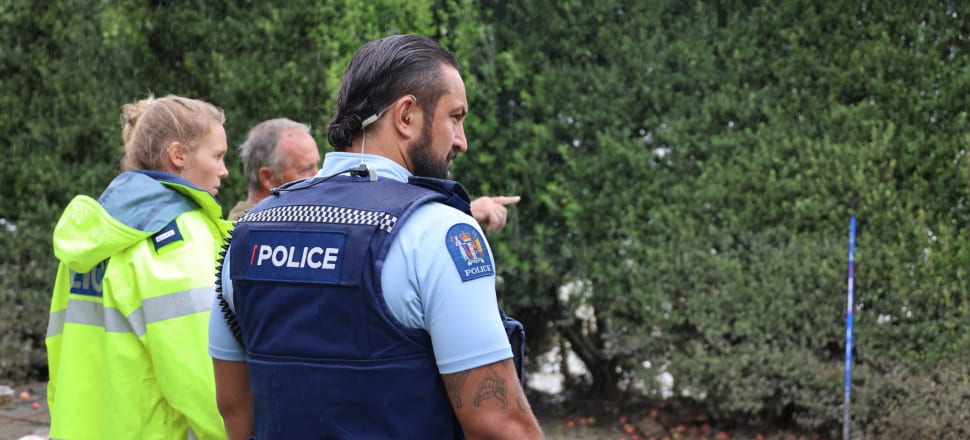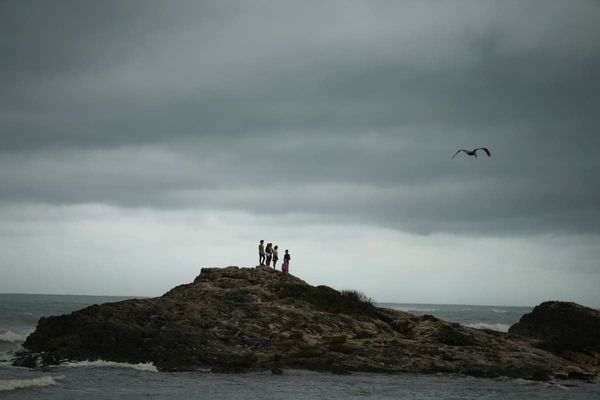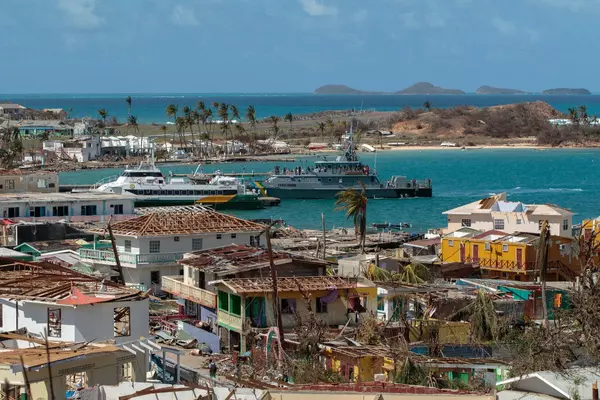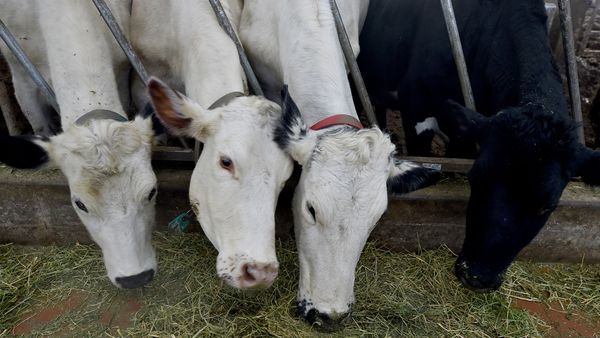
Amid rumours of a makeshift morgue to cope with hundreds of bodies found in the wake of Cyclone Gabrielle, police used methods learned from previous disasters to whittle down an “uncontactable” list from almost 8000 people to zero. Two detectives speak with Emma Hatton about that process, disinformation and how they’re preparing for next time.
Finding people who are missing isn’t work that’s new to police.
Detective Inspector Warren Olsson worked to find missing New Zealanders in the aftermath of the Bali bombings in 2002, and a similar process was used to trace those unaccounted for following the Christchurch earthquake, which killed 185 people in 2011. READ MORE: * Cyclone Gabrielle’s path of destruction in seven charts * Cyclone Gabrielle: Survival, resilience and losing everything in Hawkes Bay
"So although our techniques and practices have developed over the years, we are used to this type of operation,” he said.
Olsson said while on the face of it, working through a missing persons list of 7950 people was daunting, the first few hours of the response were “calm and measured”.
“We have skilled investigators who can develop a process relatively quickly and in this case, we were able to get a team and a process together within 24 hours."
A base at Police National Headquarters was set up with two teams working in shifts day and night over the next two and a half weeks following the devastation left by Cyclone Gabrielle.
Recruits from police college were also called on to help – the first operational deployment for Wing 363 graduates.
Names were reconciled to rule out double-ups, lists of people safe at marae and community welfare centres were shared, and for those who were left, police hit the phones and social media sites.
“The process involves making initial contact with the person who reported the concern, and then using our own systems to identify contact details for the concerned person to try to contact them ourselves or through friends, relatives or other emergency services who might be in contact with them.
“Only when we exhausted our inquiries that we could do via the phone, internet or social media would we send tasks out to the investigators to make physical inquiries.”
Eastern district officers were sent out for 170 physical “tasks” – a small proportion of the thousands initially deemed uncontactable.
“We had a team of 20 investigators working in the affected areas to knock on doors and visit other locations where these people might be located.”
Analysts also had eyes on the list – advising those who should be searched for with greater urgency.
“We were able to prioritise based principally on their last known location, on their home address and on other vulnerability factors such as their age, or any known disabilities.
"So our investigators worked on the highest priority cases first. We had reports of concern for very young and very old people and we worked to make sure they were safe in the first few days,” Olsson said.
"We know that misinformation circulating, especially on social media, is increasing for these types of incidents... and we try to minimise the fearmongering that it causes, but it’s sometimes very difficult.” - Paul Berry, detective inspector
Detective Inspector Paul Berry said people on the list who did not want to be found were a challenge.
“A number of gang members who were really not wanting to speak to the police were probably the main problem. So you’d ring up the family members or get hold of the gang member and they wouldn't engage, they’d hang up on you.
"So it was really a process of engaging with the family to say, look, we're just trying to verify they are safe, we don’t need to find them physically – can we verify that they’re alive.”
Berry said the hardest person to find was the second-to-last on the list.
“And that was a female we located in an Auckland. She had been on the run, didn't want to engage with police, so once again we used her family to talk her into at least engaging with us on the phone just so we could verify she was alive and well, then we could take her off the list.”
He said other people were reported missing who were not connected to the cyclone.
“I think it's easy to understand how loved ones want to report a family member or friend missing using every avenue at their disposal to get authorities to try to find them.
"Some people from overseas who hadn’t been in contact with their family or friends in New Zealand for some months reported them missing... so not related to the cyclone, but they still had genuine concerns for their safety.”
Battling disinformation
Olsson said rumours and conspiracy have always been a factor in police work, and indeed when it comes to missing people, but the extent of it during the cyclone response was intense.
“There’s always misinformation in a case like this, we heard that the police had secret containers used as makeshift morgues and helicopters flying over and seeing hundreds of bodies on the beach... for us, I think there was an initial concern that we had missed some significant developments in the operation, but it became quickly apparent that there wasn't any truth to these rumours at all.”
“I think it's a when, not an if, that we’ll have another major event and we'll have to roll out this response again." – Warren Olsson, detective inspector
“The other thing is, it's really distracting to actually get the business done, and taking resources away from helping those people that need it because I'm sure they sent police down to the beach at least to look for these bodies and then realise, hey, there's more misinformation and disinformation.”
Berry said the rumours definitely played a part in heightened community anxiety, even when police knew they had no basis.
“These events cause anxiety, people have already lost their homes, they're wondering what does the future hold and all of a sudden they get information that a lot of people are floating down the river onto the beaches.
“So it's really unhelpful and I think the media has got a crucial part in this and that is trying to verify some of the stuff before they print. It's not their fault but I think we all need to be really careful what we say in these times of danger.
"We know that misinformation circulating, especially on social media, is increasing for these types of incidents... and we try to minimise the fearmongering that it causes, but it’s sometimes very difficult.”
Part of mitigating the effect of the rumours was to produce a daily ‘state of the nation’ report. From February 20 until February 27 police publicly confirmed the number of people who remained uncontactable, and the confirmed number of fatalities.
“We would not accept any numbers from anyone else, unless we had verified them and we only said what we could prove,” Berry said.
The next time
“I think it's a when, not an if, that we’ll have another major event and we'll have to roll out this response again,” Olsson said.
Berry agreed, adding during the first week of the search, police processes were monitored by experts.
"That seven-day period where we're running at pace, we had the good fortune to have the services of a team of business analysts who watched our processes.
“And so we refined those every day to make them better and we improved... so we debrief it, we learn what you can from it so we don't make mistakes again, and we make things better. We can't say it’s perfect but it's a pretty good standard and I think the next version – whenever it's rolled out – it will be even better again.”
Eleven people died during the Cyclone. Nine of those were from the Eastern district, and two were from Waitematā.
The investigation into the whereabouts of missing Gisborne man Joseph Ahuriri continues.
Police are working with GNS Science to search below the silt level, using a drone to search a particular area of interest north of Napier.
Ahuriri has been missing since he was last seen on February 14, driving his white Toyota Hilux.







